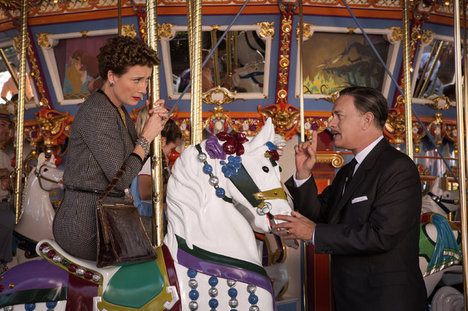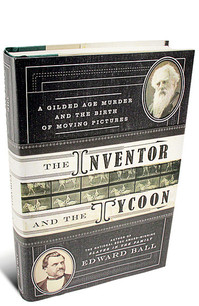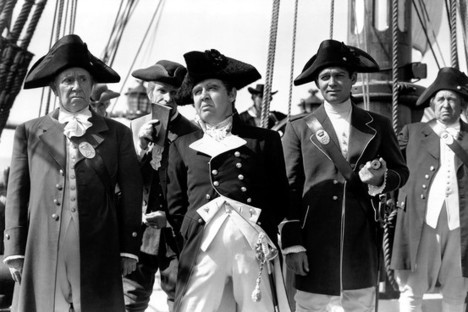(p. D6) In Jafar Panahi’s new movie, a writer in Iran smuggles his pet dog into his home inside a tote bag. The film, “Closed Curtain,” addresses Iranian lawmakers’ recent ban on dog-walking in public, part of an effort to curb perceived Western influences including keeping pets. For two decades, Mr. Panahi has captured such vagaries of life in his native country.
“Closed Curtain,” which won the best screenplay award at the Berlin Film Festival in 2013, opens at New York City’s Film Forum on July 9. It is Mr. Panahi’s second film since December 2010, when Iran’s Islamic Revolutionary Court banned him from making movies for 20 years.
For the interview with Panahi, see:
TOBIAS GREY. “An Iranian Director’s Best Friend.” The Wall Street Journal (Fri., June 27, 2014): D6.
(Note: the online version of the interview has the date June 26, 2014, an has the title “Iranian Director Flouts Ban on Filming.”)







